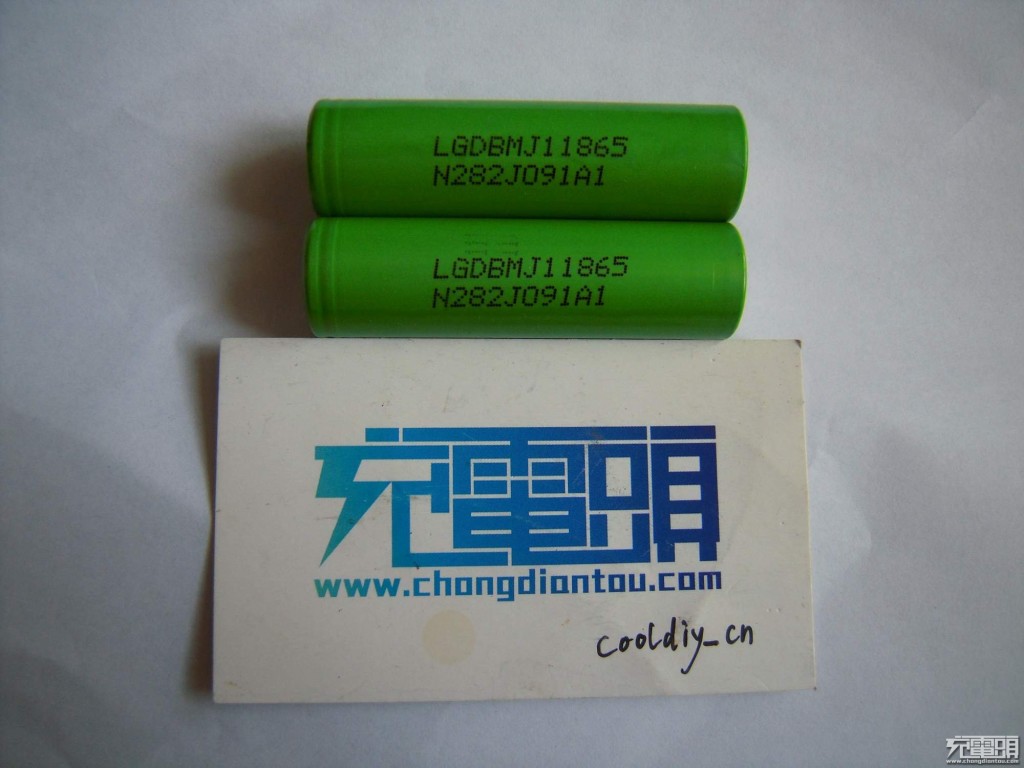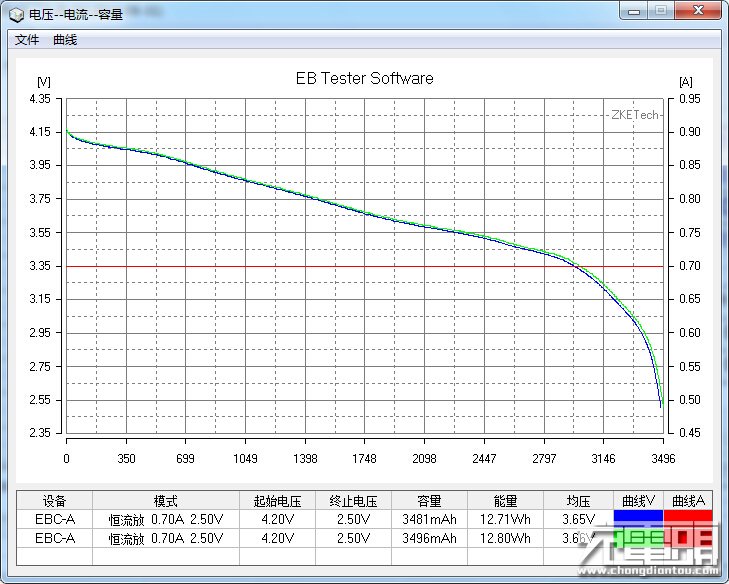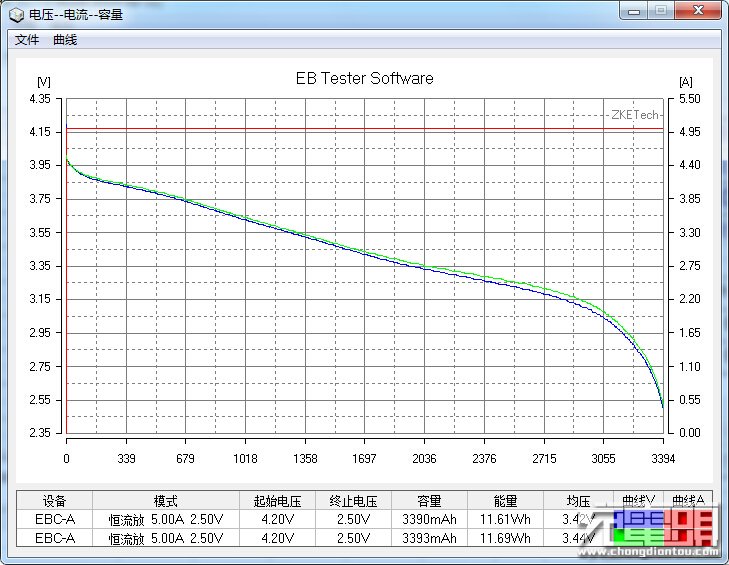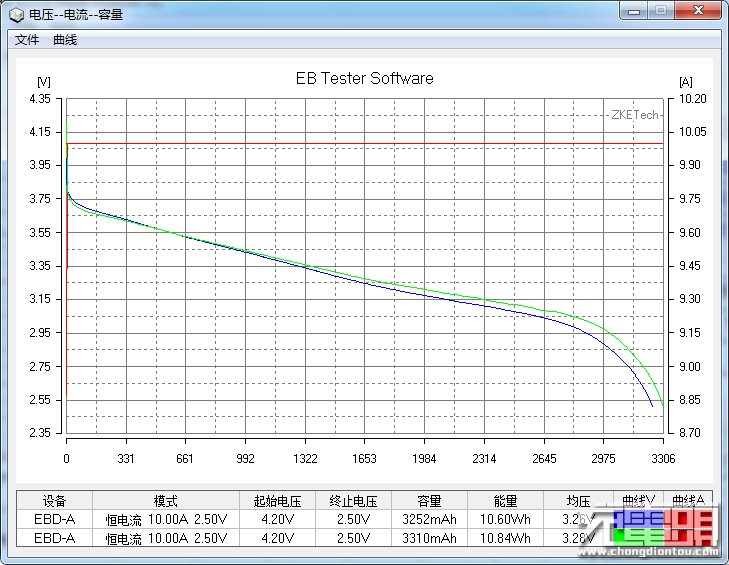Source: Daimler begins construction on a $562 million lithium-ion battery factory in Germany | Ars Technica
Category Archives: General
In shift toward electric vehicles, Volkswagen looking for cobalt contracts | Ars Technica
Daimler is reusing electric vehicle batteries to store renewable energy | Ars Technica
The company says its stationary storage unit will come online in early 2016.
Source: Daimler is reusing electric vehicle batteries to store renewable energy | Ars Technica
Test Results for LG INR18650-MJ1 3,500mAh 18650 Li-ion Battery
Recently, there was news of LG’s first lithium nickel cobalt aluminum oxide chemistry cells. Panasonic has long led the market for 18650 Lithium Ion batteries with their own cells based on that chemistry. Their NCR18650B at 3,350 mAh capacity has been in wide availability for the last year, and some of their 3,600mAh NCR18650G’s have also popped up.
We now have reports of the highest capacity 3,500mAh INR18650-MJ1 version of LG’s new cells in the wild. If the real-world examples match LG’s claims, Panasonic will have some serious competition.

Lucky for all of us, cooldiy_cn managed to get his hands on two of these cells and ran them through a series of tests which he posted on the Chinese Chongdiantou forum.
The weights of his two examples were 46.60g and 46.65g.
Above, you can see the test results with a 0.2C/0.7A discharge from 4.2v to 2.5v, which delivered 3,481 & 3,496 mAh.
At 1C/3.5A usable capacity is only diminished by about 1% and usable capacity remains good at higher discharge rates.
At 5A, usable capacity is 3,390 and 3,393 mAh, or ~97% that delivered at 0.2C/0.7A.
10A discharge is 3,252 and 3,310 mAh, or ~95% the usable capacity at a 0.2C/0.7A discharge.
He also tested the internal resistance of his two cells, and found that they were about 28mOhm (caveat that this can vary depending on method of measurement).
All in all, this is a promising development. I look forward to being able to buy these in new-old-stock and lightly used laptop packs, in a few years.



